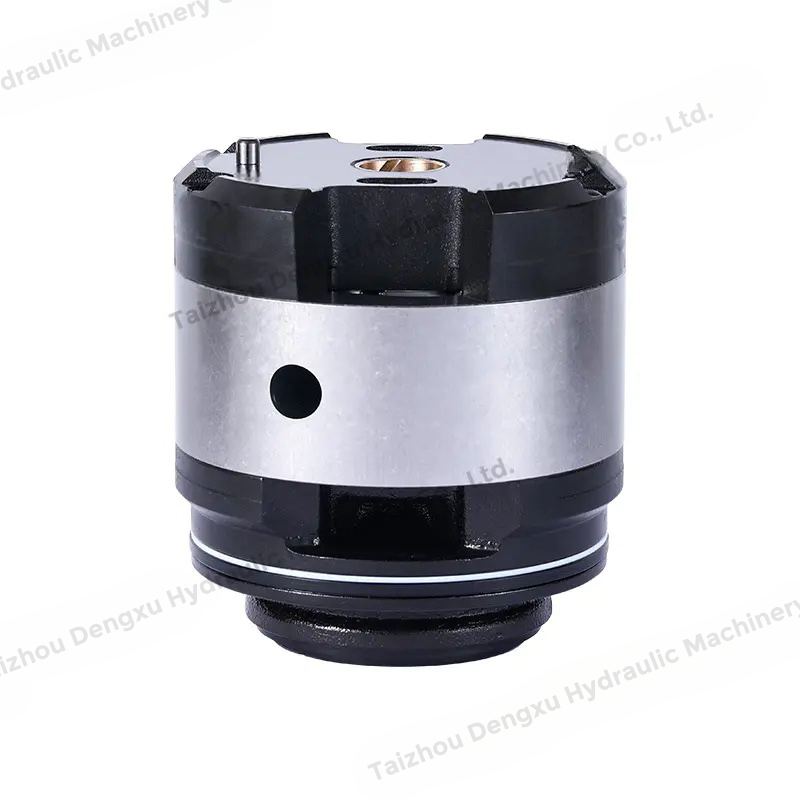The T Series Pin Vane Pump is a vital component in many industrial applications, known for its versatility, efficiency, and durability. Over the years, this type of pump has undergone significant advancements, from its initial concept to the sophisticated, high-performance versions used in modern industries today.

The key feature of the T Series Pin Vane Pump is the use of pins that guide the vanes, preventing them from jamming or wearing unevenly. This design feature provides greater efficiency, smooth operation, and longer service life compared to other vane or gear pumps.
The concept of the pin vane pump can be traced back to the early 20th century, when engineers explored the use of vanes in pumps. Early pin vane pumps were relatively simple in design, using a rotating rotor and a set of vanes to move fluids. These early pumps had limitations in terms of their efficiency, pressure handling, and wear resistance.
However, the basic design principle remained the same: vanes mounted on a rotor that moves in and out of contact with the pump casing. In the early stages, T Series pumps were primarily used in automotive applications and small-scale industrial machinery. They offered a relatively quiet operation and were more efficient than other pump types, but they still faced challenges related to wear, vibration, and fluid handling.
As industries advanced and the demand for higher-performing pumps grew, the T Series Pin Vane Pump also evolved. During the mid-20th century, several key improvements were made to increase the reliability and efficiency of these pumps:
Improved Materials: Early T Series pumps were often prone to wear, particularly in high-pressure applications. Manufacturers began using more durable materials such as hardened steel, ceramic, and advanced composites to enhance the wear resistance of the vanes and pump casing. This change significantly increased the pump's lifespan and performance under heavy-duty conditions.
Precision Engineering: As industrial processes became more precise, the T Series Pin Vane Pump was redesigned with tighter tolerances. This ensured that the vanes and rotor moved with greater accuracy, internal leakage and improving efficiency. Precision engineering also allowed for pumps to handle higher pressures and a broader range of fluids, from oils and fuels to chemicals and water-based solutions.
Reduced Vibration: Early versions of the pump were prone to vibration, which could excessive wear and decreased performance. Engineers focused on improving the rotor design and optimizing the clearance between the vanes and the casing to reduce vibrations. These modifications helped the pump operate more smoothly and quietly, making it more suitable for sensitive applications.
By the late 20th and early 21st centuries, T Series Pin Vane Pumps had become an integral part of many industries, including automotive, construction, manufacturing, and agriculture. The pumps were used in a variety of applications, from hydraulic systems to fuel transfer and fluid circulation. Several advancements in technology and design have contributed to the pump's continued relevance and efficiency in modern industries.
Modern T Series Pin Vane Pumps are designed to offer performance with minimal energy consumption. Advances in motor technology and pump design have enabled these pumps to operate at higher speeds, handle greater pressures, and move larger volumes of fluid more efficiently. The improved efficiency reduces operating costs and helps industries meet environmental standards for energy consumption and waste reduction.

 Search
Search
 English
English 中文简体
中文简体 русский
русский